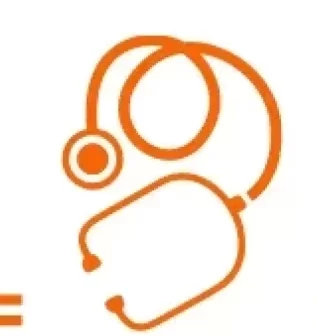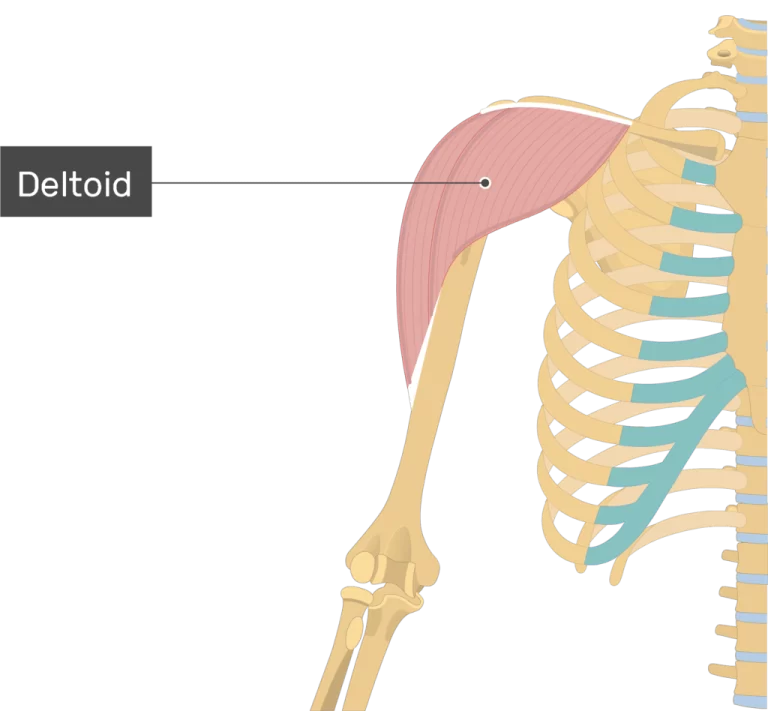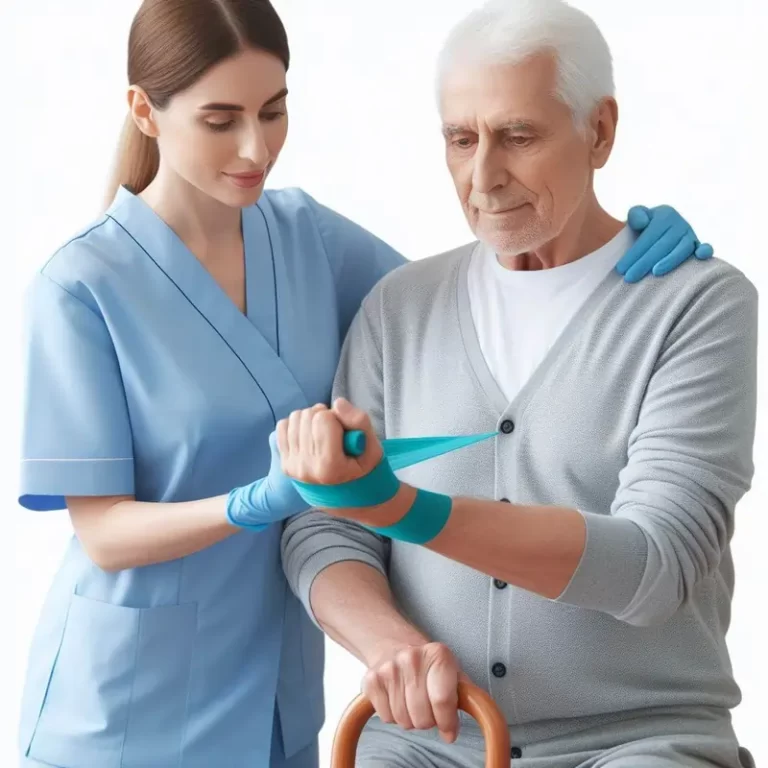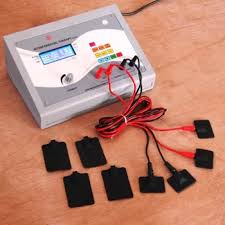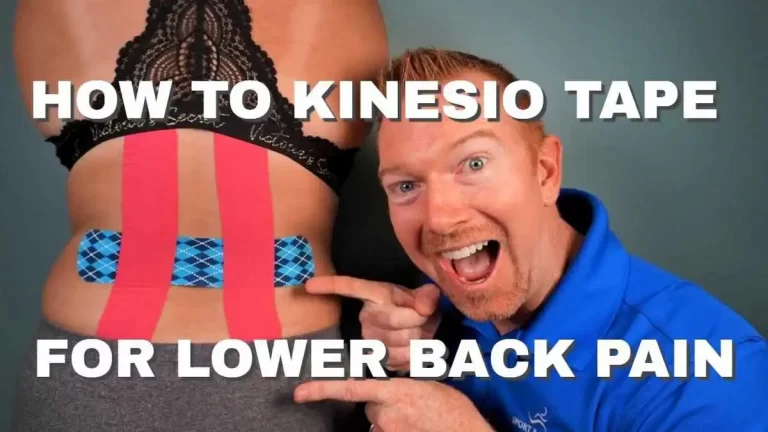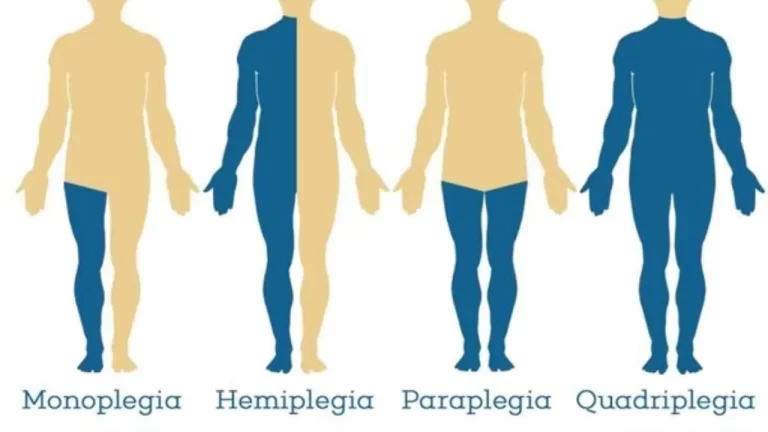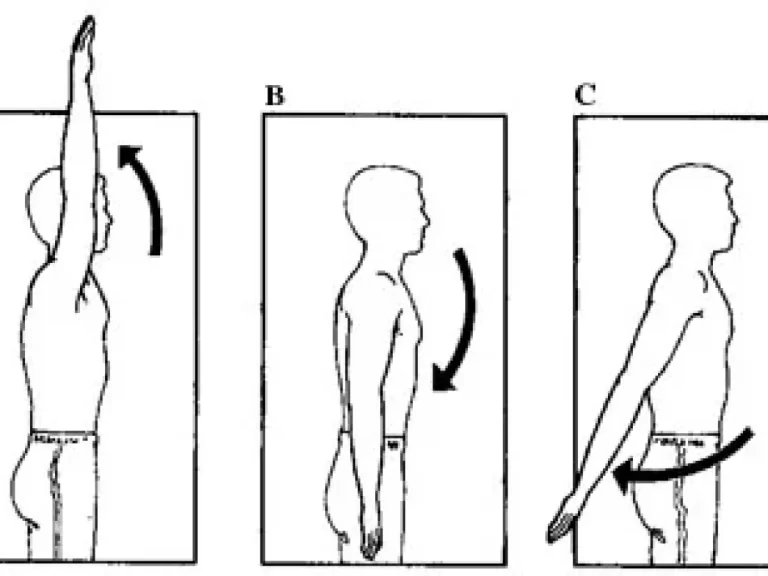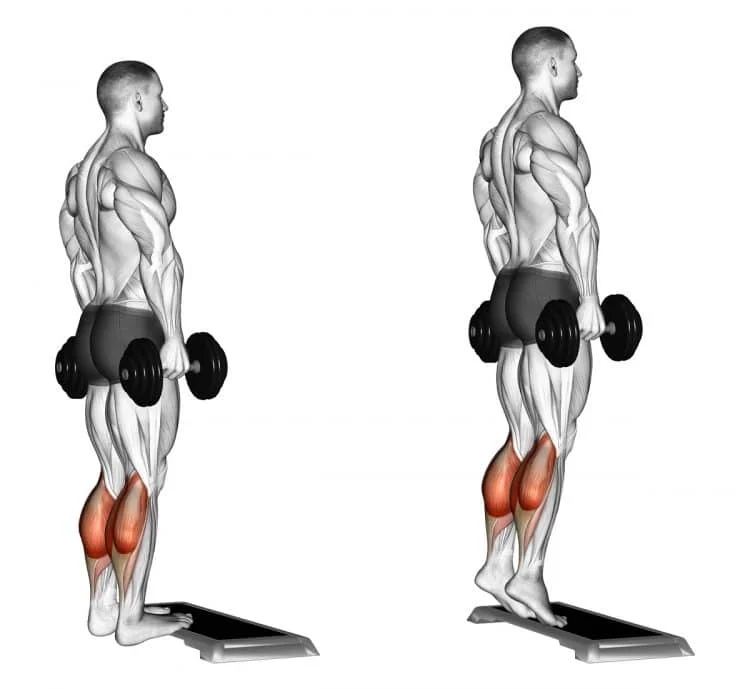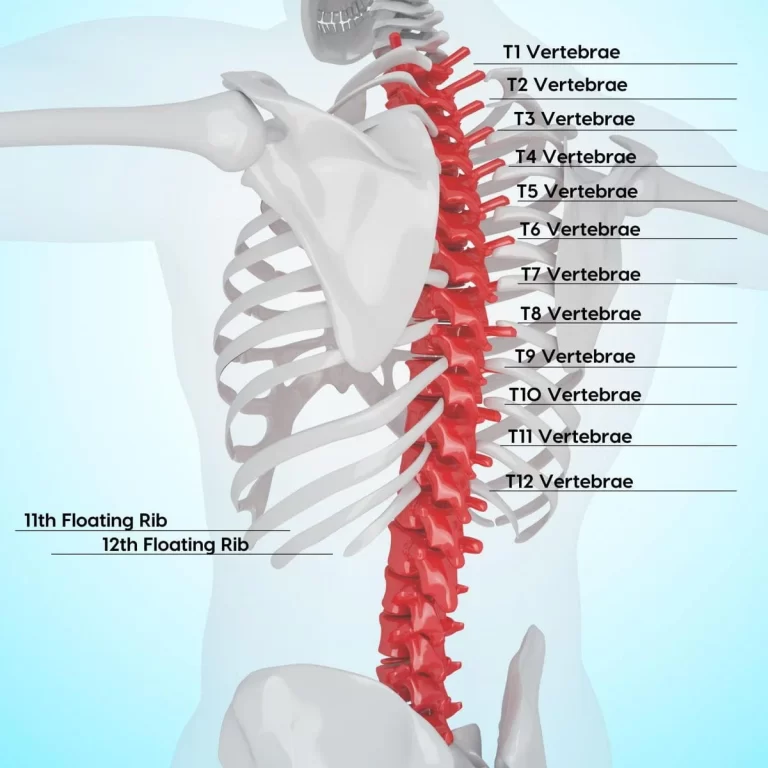Deltoid Muscle
What is the Deltoid muscle? The deltoid muscle is a key player in the complex system of muscles that comprise the human shoulder. Named after the Greek letter delta (Δ) due to its triangular shape, the deltoid is one of the major muscles responsible for the mobility and stability of the shoulder joint. The name…
